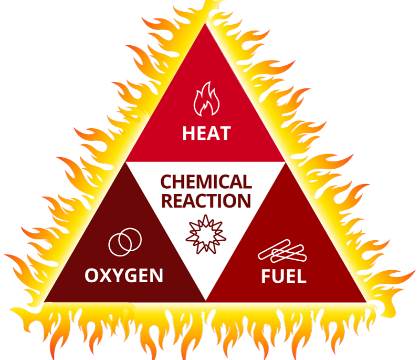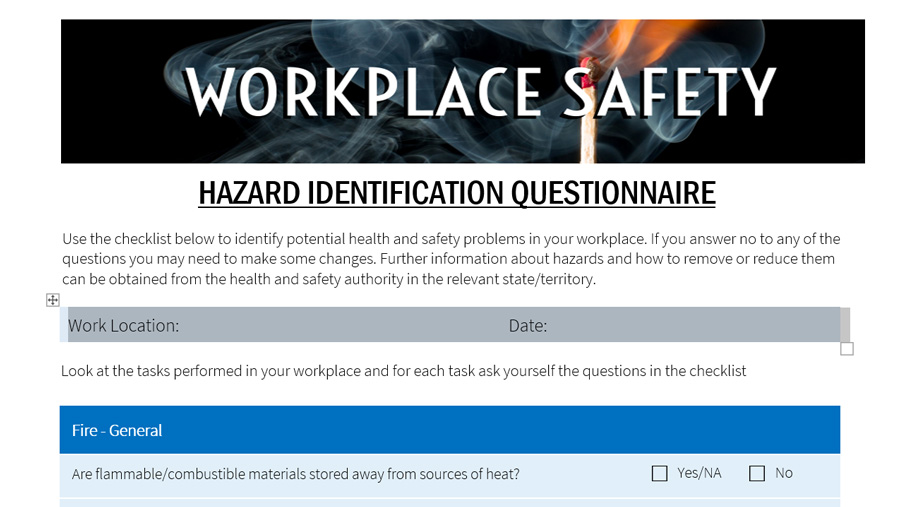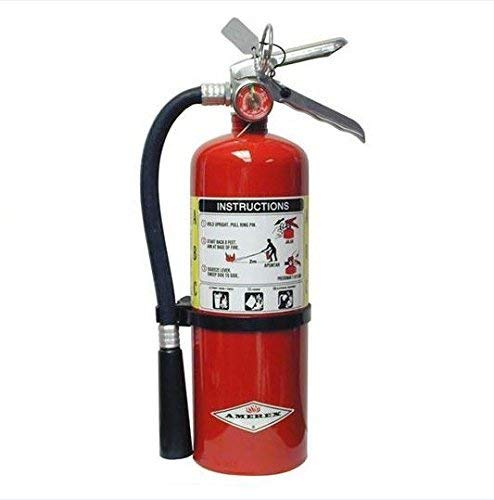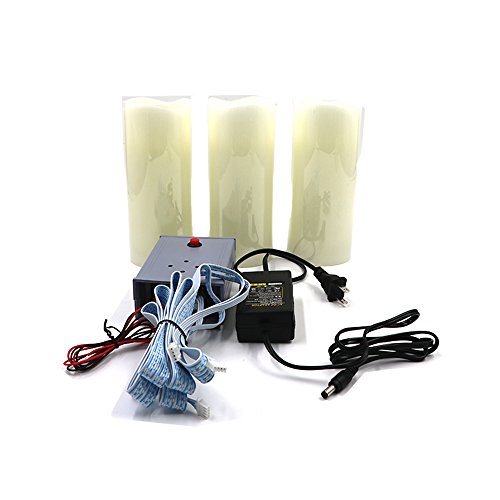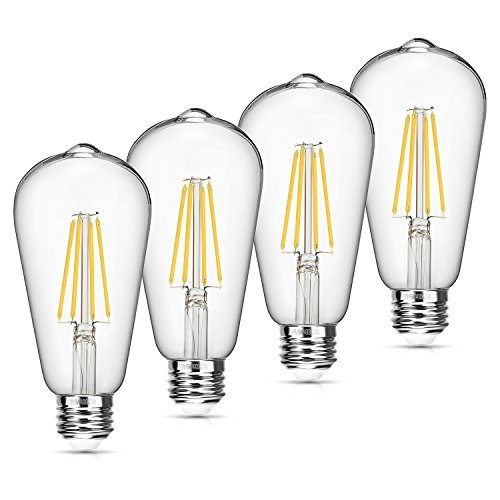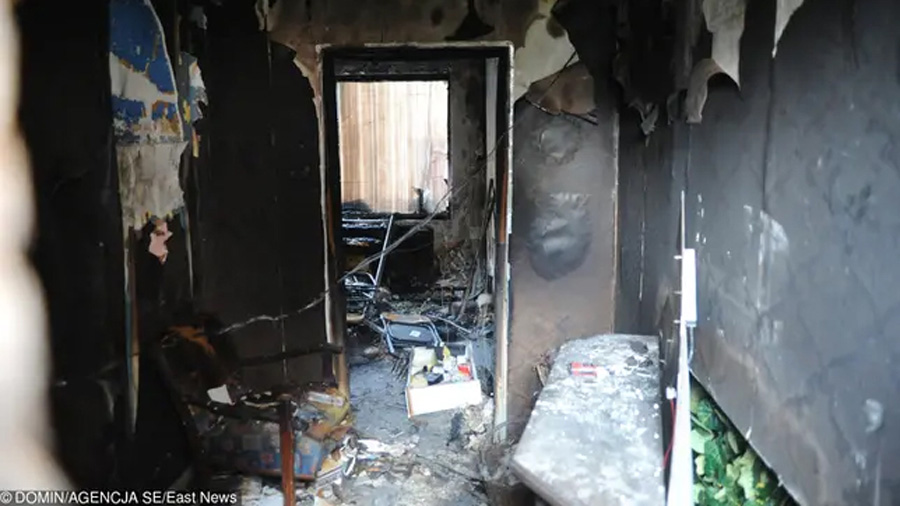
Aftermath of Koszalin – State of the Industry for Safety, Part I
As a senior safety analyst, I have heard and read of many tragedies and lessons-learned throughout my career. These lessons-learned led to the development of codes and standards and the knowledge base we all need to live safely. An unfortunate part of this is we often re-experience these types of tragedies via the adage “Those who do not learn history are doomed to repeat it.” Often is the case where ignorance or not exercising due diligence and knowing and controlling hazards, whether it be at home or at work, can lead to a tragedy such as what occurred in Koszalin.
So what do we know or think happened in Koszalin? Investigators believe a gas leak in a heating system occurred. There may have been faulty electrical wiring – it was reported to be makeshift and too close to combustible materials. The house was converted into an escape room, and rooms were modified (e.g., windows blocked). The fire probably broke out in the reception room and there was no proper evacuation route for escape. The escape room was locked and firefighters had to use special equipment to force their way into the room. Though this was an accident, the man who was arrested was charged with intentionally creating a fire and unintentionally causing the deaths. If convicted, this man could face up to eight years in prison. This was an accident that certainly could have been avoided. With the level of negligence and apparent lack of knowledge for safety at this particular escape room, what are the chances this can happen elsewhere?
This is not a criticism of the escape room industry as we have been comfortable at all the escape rooms we have played. Instead this is a generalization of history. As new industries develop and grow, each has its own type of workplace hazards. A classic example is when a country enters and progresses through industrialization where they must understand and control hazards to limit pollution. Part of the growing pains of the industry is to collectively understand, control, and communicate safety as it’s learned but also to relate what has been learned from other industries. We must communicate and teach the history so that we not only understand what constitutes a good safety culture, but to understand how we got here.
Communication
We are at point in time where it’s easy to do this. With the internet, we can communicate to almost all areas of the world. For most, it’s a simple as picking up your phone, laptop, etc., or accessing via computer. In addition to blogs, social media is an excellent potential for communicating and can be a quicker means of communication.
Identifying Hazards in the Workplace
Let’s talk conceptually what history has taught us for promoting and improving our safety culture. First, it’s important to identify and understand what kind of workplace hazards you have. For fire safety, identification of combustibles and ignitions sources is key. Another perspective is that there are four elements to extinguishing a fire: 1) Oxygen, 2) Heat, 3) Fuel, and 4) A chemical reaction. Removing any of the four can extinguish the fire.
In addition to fire hazards, you should also be looking for other hazards such as chemical hazards, electrical/shock hazards, slips, trips, and fall hazards, etc. Consider all operations – in addition to the normal day-to-day operations, account for hazards present during construction of your rooms. We have provided an example checklist in the form of a questionnaire (MS Word) you can download here.
Controlling Hazards in the Workplace
Completing the questionnaire will give you an idea of whether your current control of hazards is enough and may provide ideas for areas of improvement. Once you have a good understanding of the hazard, you can implement measures to control them. For prevention of fires, you should have the necessary equipment to detect them and alert people. This should involve fire sprinklers and pull alarms or whatever is required by fire code in your area. You should also have smoke detection (if not already part of the fire system) and fire extinguishers. Employees that could be handling such equipment need to be trained on how to use it.
Your control room is likely to have video monitoring and the ability to communicate with your players, and this is an excellent means to communicate with them to get them out safely. Lighting should be appropriate – if your room needs low/special lighting for ambience, it also needs well-placed emergency lighting so that players can easily evacuate in a stressful situation. This implies that you have evacuation plans set up where you can inform and guide players at any stage of their quest, which may include opening and navigating them through hidden rooms that haven’t yet been solved.
You should ensure that at any point in time during business hours someone is present who is in charge and employees are versed in your procedure(s) for emergency response. You may have several types of responses planned depending on the types of emergencies you have identified in the questionnaire. Your employees should also understand the importance of a clean work area and proper handling and use of chemicals (e.g., cleaners).
Safety-In-Design
Safety-in-Design is a concept where the concept of safety is factored into your room design throughout the entire process, beginning to end. It shouldn’t be an afterthought. You can design, create, and start up a new room with safety in mind.
The process for doing this is very similar to identifying hazards in the workplace with one exception – the hazards are present yet. With some concepts described here and the questionnaire, this shouldn’t be difficult. You can start with the existing questionnaire and see how the new room would affect or add to the hazards already identified.
Eliminate Hazards: Eliminate hazards where possible. For example, use LED candles instead of real candles – this eliminates fire and burn hazards. Use plexiglass or plastic instead of glass. Remember that your customers will look everywhere and handle things in ways you would not expect. Try to minimize using items that are breakable and that could produce sharp hazards.
Substitute Hazards: Substituting hazards is like eliminating hazards, except in this case the hazard is reduced instead of eliminated. For example, use low-voltage systems instead of high-voltage items. Use drapery that is fire proof or retardant.
Exit Design: When designing escape rooms, including those with hidden rooms, keep in mind the exit paths that would be used in the event of an emergency. Typically, this shouldn’t be much of an issue if the exits are in main hallways that have two means of egress. For example, if the fire started in your lobby, is there another exit path for your existing rooms and for the newly-developed room.
Another important point – never design rooms to be locked. Use features such as a panic button. Your players can still feel the experience of trying to escape!
Lighting: Make sure you have adequate lighting for your players to egress during an evacuation. You can still have the proper ambient lighting for your room’s theme while having brighter lighting as a back-up. You will likely have that anyway so that your employees can easily reset the room.
Concluding Remarks
This article provides some ideas of how you can examine your safety processes and culture for your business. We’ve also provided the concept of safety-in-design. But you must help us in spreading the word. Help us by identifying steps you have taken to promote safety awareness and address safety in your escape room business. Players, let us know whether you have any concerns for safety in the escape rooms or how they communicated safety in the rooms you have played. Together we can communicate that escape rooms are safe and being proactive in communicating safety to their customers!
Please complete a brief online questionnaire form we put together (this is not the questionnaire that is described above):
Owner/business representative: Please complete this Business Safety Questionnaire.
Players: Please complete this Players Safety Questionnaire to let us know your experiences with how escape room businesses communicate how safety is handled in their rooms.
If we get enough responses, we will create a Part II follow-on article to convey your impressions and what you are doing to promote a positive safety culture.
We need everyone’s participation so spread the word by lettings others know about this article!


